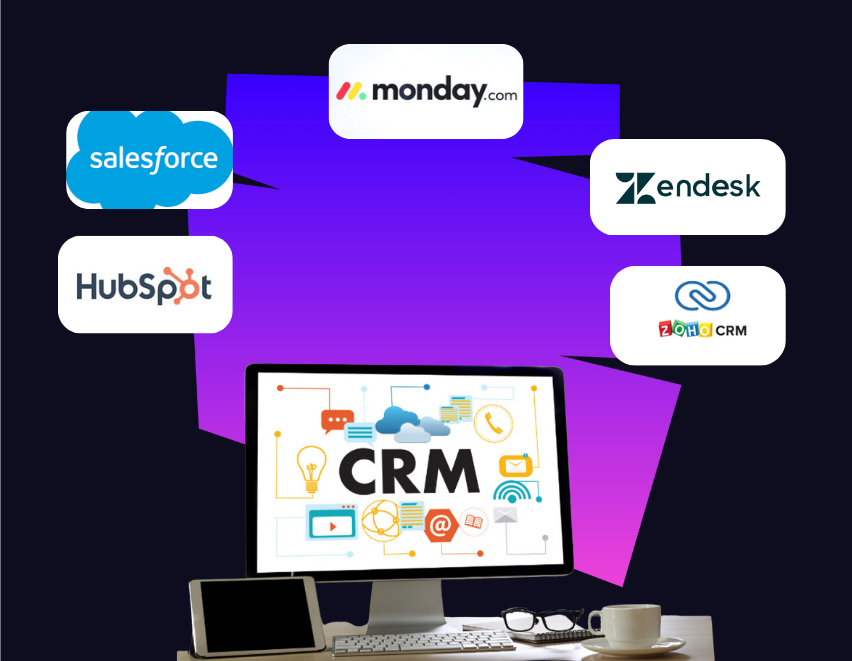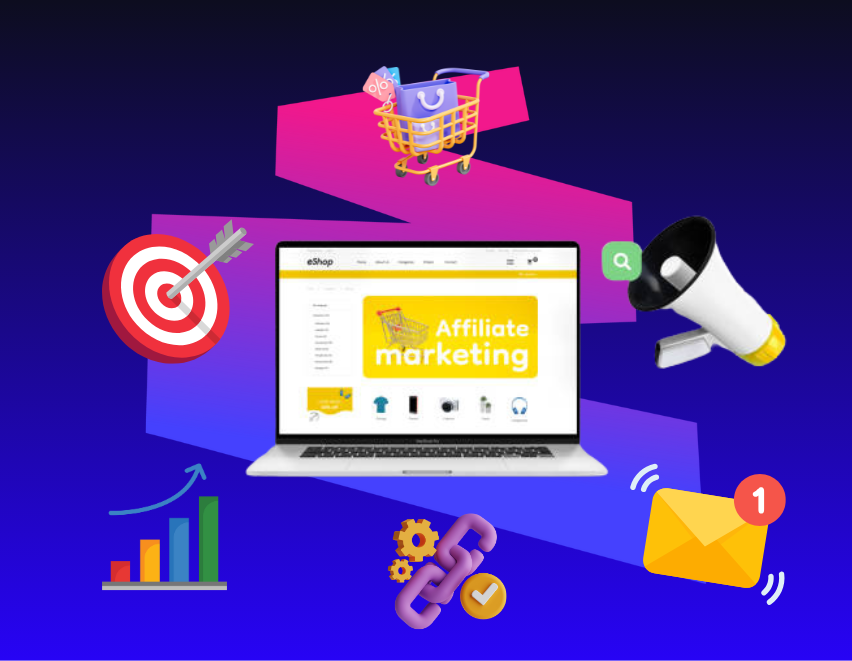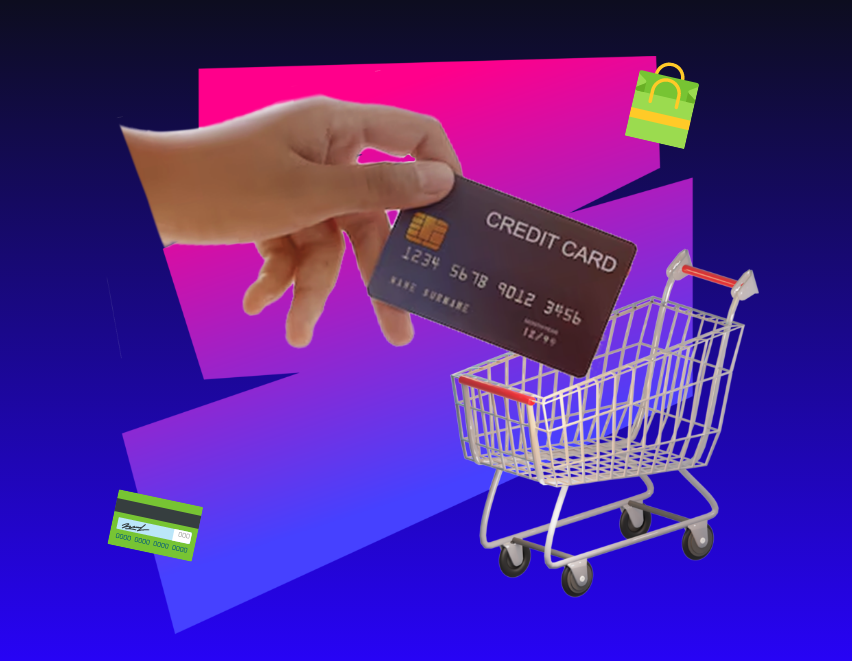The holiday season, marked by intense shopping events like Black Friday, Cyber Monday, and Christmas, is a high-stakes period for e-commerce brands. With around 90% of the year’s top sales days clustered within this peak trading period, brands can witness remarkable growth. However, maintaining this momentum once the peak season fades can be challenging.
As consumer habits evolve and certain holidays lose their previous impact, there’s a growing opportunity to drive consistent engagement and revenue beyond peak seasons. Here, we explore data-driven strategies to help e-commerce brands sustain their success and build steady growth all year round.
Engage customers at an optimal time
A successful online experience should replicate in-store customer service, where sales advisors know just the right moment to assist. In the digital world, the same principle applies; reaching out at the right time can mean the difference between a conversion and a lost sale.
Identify customer behaviours to trigger well-timed, personalised support, avoiding interruptions for those unlikely to benefit. By analysing data from a visitor’s first moment on the site, you can craft an engagement strategy that aligns with each customer’s goals. This approach builds trust and makes online shopping experiences feel as seamless as in-store interactions.
Simplify choices to enhance decision-making
Offering too many options can overwhelm customers, slowing down their decision-making or leading them to abandon their basket entirely. Known as the “paradox of choice,” too many options can reduce customer satisfaction and prevent conversions.
To counteract this, use choice architecture to curate a streamlined selection tailored to each customer’s preferences. Analyse customer data to narrow down options and make the decision-making process easier. By using targeted recommendations, you can present a simplified range of products, which can ultimately increase confidence and lead to quicker purchasing decisions.
Personalised retargeting for re-engagement
After the peak season, focus on reconnecting with customers who abandoned their baskets or hesitated to make a purchase. This personalised retargeting approach can keep your brand top-of-mind and increase the likelihood of conversion.
To do this effectively, create tailored deals and offers based on past customer interactions and activity. Highlight the unique value of your products and services, demonstrating how they meet specific customer needs. It’s not about heavy discounting but about aligning the offer with what matters to your audience. In one recent case, we saw a 20% increase in conversions for a client by using personalisation to retarget hesitant customers with relevant recommendations.
Strategic upselling to boost revenue
The post-peak period is an ideal time to maximise revenue by introducing new products or add-ons. This strategic upselling tactic can help leverage existing customer loyalty and increase Average Revenue Per User (ARPU).
Just as in-store advisors make personalised suggestions to increase basket size, e-commerce brands can replicate this by displaying relevant upsell offers at the right moment. By limiting these to a few targeted, data-driven choices, customers are more likely to embrace additional purchases. For example, during a recent campaign for a retail client, a tailored and seasonal upselling strategy achieved a 59% increase in add-on sales compared to non-targeted offers.
Review past performance to refine future strategies
After the holiday rush, it’s essential to analyse what worked well and what could be improved. Reflecting on peak season performance helps identify winning ads, trends, popular products, and effective marketing approaches, all of which can help you plan for the coming year.
Use historical data to pinpoint shifts in consumer preferences, compared to last year and tailor your value propositions accordingly. As we move into the new year, consider the impact of economic shifts, such as the cost-of-living crisis, and the change in inflation, on purchasing habits. Insights from past performance enable more realistic and impactful goal-setting, helping you to build campaigns that align with both market trends and consumer needs.
Leveraging data for continuous success
As we head into a new year, ongoing economic changes highlight the importance of strategic planning for e-commerce brands. The intelligent use of data allows brands to engage customers at the right moments, simplify decision-making, and ensure ongoing relevance in a competitive market.
By harnessing the power of first-party data, e-commerce brands can personalise the online shopping experience, build trust, and sustain momentum beyond peak trading periods. In today’s digital landscape, where every interaction matters, mastering data-driven techniques will not only help businesses stay resilient but also fuel their long-term growth and success.
Take an omnichannel approach
For ongoing e-commerce success, strong alignment between teams and partners is essential. Start by creating an omnichannel calendar that highlights important sales periods, new product launches, and peak trading events. This planning will allow your team to work toward shared goals, ensuring everyone is aligned and ready for quick adjustments. Omnichannel calendars also help mitigate miscommunication and streamline cross-platform and cross-team efforts, making it easier to manage both long-term goals and short-term plans without disruptions.
“As we approach the end of peak season, it’s essential to think beyond the immediate sales boost and focus on sustaining that growth well into the coming months. We know that maintaining momentum requires more than just a good Q4. Engaging customers at the right time, simplifying choices, re-engaging with personalised retargeting, and applying targeted upsells drive consistent sales year-round.
Reflecting on past results and aligning teams around a strong omnichannel approach keeps brands resilient and ready for every season. In today’s digital landscape, data-driven insights are no longer optional—they’re the foundation for building customer loyalty, increasing repeat purchases, and securing ongoing growth. If your brand is ready to carry that peak season energy forward, let’s discuss how we can help ensure you’re set up to thrive year-round.”
— Arham Khan, Founder and CEO, Pixated












